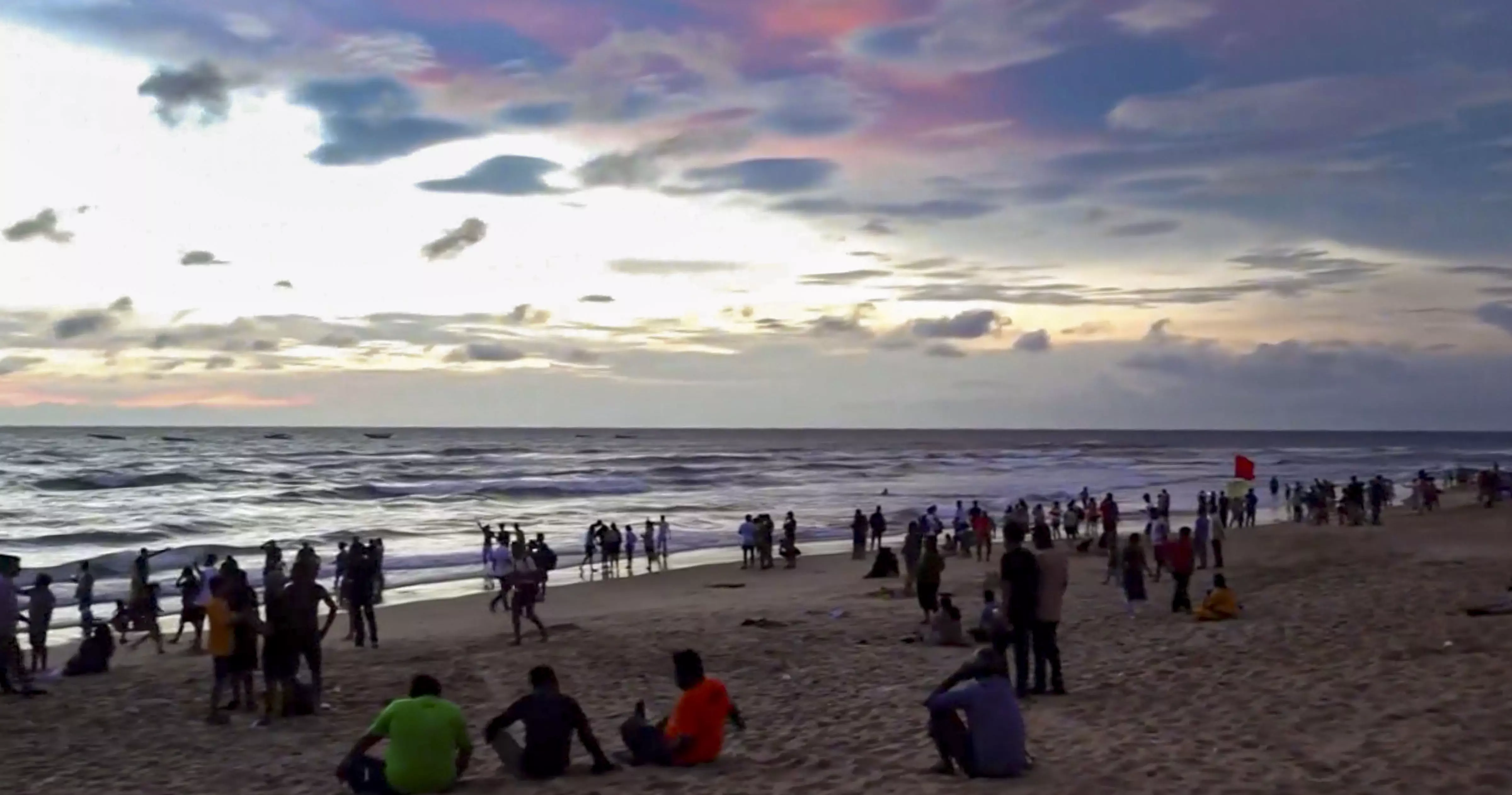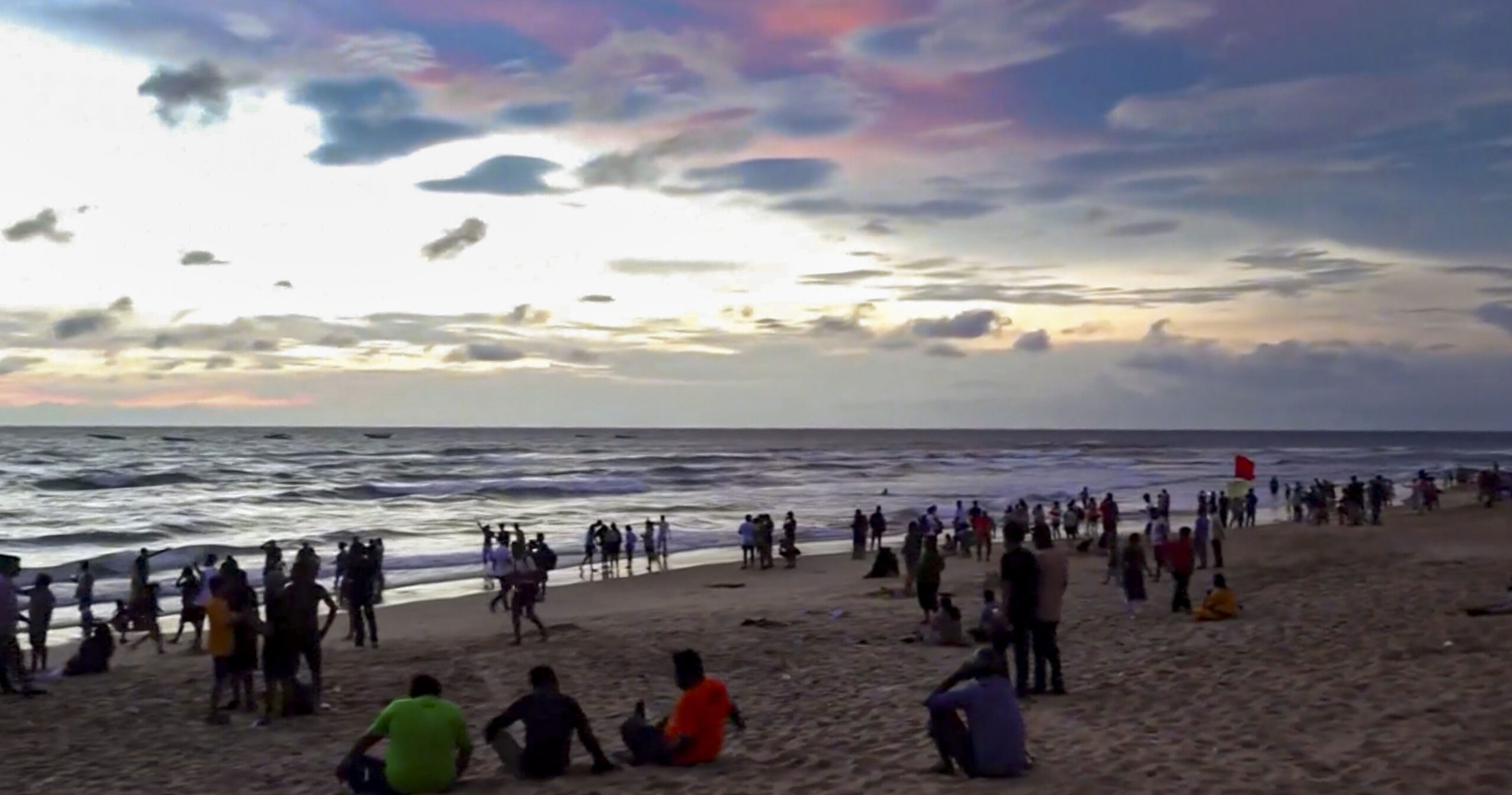
Are you planning a holiday in Goa, considering investing in a property or business, or relocating to the state? Goa may not be for you — it is definitely not for everyone.
The state on India’s west coast is a former Portuguese colony with a rich history. It is a collection of villages spread over 3,702 sq km with a population of approximately 1.58 million; it is fairly small by Indian standards. Its unique mix of Indian and Portuguese cultures and architecture attracts an estimated 2.5 million visitors annually, including about 400,000 foreign tourists.
Most recently, there have been concerns about the drop in the number of foreign visitors, mainly from Russia, Israel and Ukraine, probably because of the wars and conflict in those countries and regions. There is also increasing competition from equally attractive countries with similar beaches and a good time atmosphere — such as Thailand and Sri Lanka, among others — which are more financially attractive with better facilities.
After the 1961 Indian annexation of Goa, the increasing flow of visitors included hippies, returning expatriate Goans, charter tourists from Europe, pilgrims visiting Catholic and Hindu shrines, people choosing Goa as their primary or second home, and those attending seminars, conferences and health retreats. Currently, it is also advertised as a destination wedding venue.
The permanent residents of Goa are divided in their responses to the influx of mass tourists, which has affected local people and the overall environment. The major issues are disputes over the use and abuse of land and beaches. Various stakeholders have different and overlapping concerns — small-scale entrepreneurs who benefit from tourism, significant corporate interests who see tourism development in beach-front hotels and casinos and increasing investments by builders predominantly from urban areas, who have rushed to fill a demand for second homes or rental properties and capitalise on Goa’s charm and relaxed lifestyle.
The Goan authorities, the state government, local panchayats, and the Goan police participate in creating and implementing policies of land use, planning, and community involvement in tourism development and development in general. The increase in the tourism and building industry in Goa is now inherently unsustainable. Travel has become more affordable; tourists have more money and seek new adventures. The infrastructure required to cater to tourists often violates laws and destroys the environment. The authorities flout their own policies and regulations to cater to tourists in return for higher revenues. While upset by the unsustainable developments, local people know their livelihoods depend on tourism and have protested and demanded to be involved in planning. But, ultimately, commerce wins.
The policies are haphazard and piecemeal. Goa’s ministries and departments function in their ways and with their vested interests, resulting in maldevelopment at a high cost. Corruption is rampant despite laws to protect the environment, and almost anything can be had for a price. More than before, large hoardings by builders advertising luxury homes are prominently displayed along the Expressway connecting North and South Goa.
My first visit to Goa was in 1985. Landing at the airport, driving through the rice fields, waving coconut palms, and observing a lack of commercial activity, I was enchanted by the state. It reminded me of my childhood home and life in rural West Bengal — idyllic and laidback.
After living in the National Capital Region area for thirty-four years, my husband and I are moving to Goa.
Why? The pull factor is cleaner air, a slower lifestyle, a manageable cost of living, good food, less concrete, a community we want to be part of, and friends who have relocated over the last decade. The push factor is the pollution and congestion in the Delhi-NCR area.
Before and more since the Covid-19 pandemic, various groups, including artists, younger and older people, and those wanting to invest in a second home or own a piece of land and property, have been attracted to and moved to Goa. All migrants carry their culture with them, sometimes to the chagrin of the local people. In Goa, many locals are upset with changes resulting from migration.
Outsiders, in turn, often scoff at the laidback attitude of the Goans, such as shutting down shops and businesses between 1 pm and 4 pm for a siesta.
With a high literacy rate of an average of 85 per cent, most Goans seem to be clear about their lifestyle — slow and in tune with their priorities. They are neither overly ambitious nor want to make much money and are happy with what they have. This explains the high rate of migrants who work in daily wage labour and are skilled plumbers, electricians, and builders from the neighbouring states of Maharashtra and Karnataka.
Goa has changed and will keep changing. It will probably become more expensive, the topography will change, and there will be large housing projects, luxury villas, casinos, haphazard development, and degradation of the environment. Civil society movements and vigilance have highlighted the dangers to present and future developments in Goa. Still, they cannot combat the muscle of commercial interests and built-in systemic corruption.
The high season has started in Goa, and Christmas is approaching. The shacks, homestays and hotels are reportedly doing well, with plenty of tourists. The beach, the ocean, the palm trees, the local bands and music, and parties are in full swing.
There is much that is right with Goa, but there are also some challenges. However, if you cannot accept Goa for what it is, warts and all, then it is not for you.
